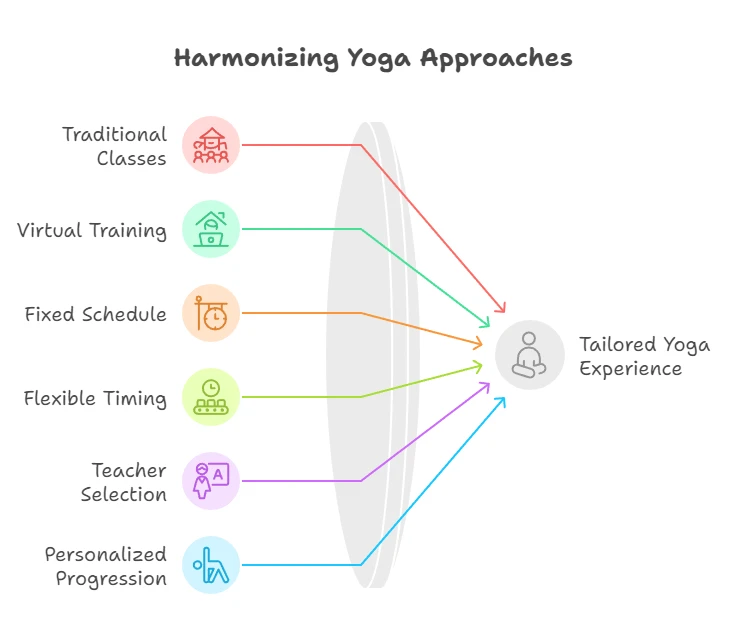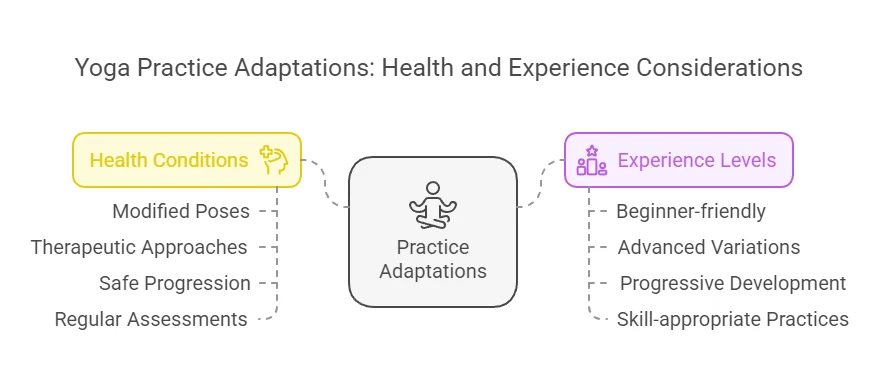The sheer expanse of challenges and customizations available in Minecraft is staggering, often leaving an unseasoned player bewildered. To streamline the experience, mod packs are curated, typically unified by a central theme or overarching concept—whether it’s refining the existing mechanics or introducing an entirely new array of biomes, adversaries, and weaponry. Many Minecraft hosting sites cater to players looking for pre-configured mod packs, making it easier to set up and jump straight into the action.
Some of these modifications are specifically designed for multiplayer engagement, fundamentally reshaping the core gameplay to resemble anything from immersive RPG adventures to high-octane shooters. Additionally, these mod packs undergo rigorous testing to ensure stability and seamless integration with servers. By utilizing Minecraft hosting sites, players can enjoy a hassle-free experience, avoiding crashes or technical glitches while diving into the enhanced gameplay. Playing modded Minecraft is far more engaging than classic multiplayer, offering limitless possibilities for creativity and competition.

Best Multiplayer Minecraft Modpacks
All The Mods 8 (ATM8)
Encompassing a staggering collection of roughly 250 modifications, ATM8 is an eclectic modpack without a singular focal theme. This extensive compilation includes enhancements aimed at bug fixes, lighting improvements, and overall game optimization, alongside a wealth of content expansions such as new biomes, formidable dungeons, and an array of unique creatures. Despite its immense scope, the modpack is meticulously tested to eliminate compatibility conflicts, ensuring a smooth gameplay experience even with its vast assortment of additions.
Ender Storage
For players seeking an optimized storage solution, Ender Storage presents a sophisticated system for item management. This mod introduces three invaluable utilities: the EnderChest, EnderPouch, and EnderTank. These components facilitate secure storage, ensuring items are preserved even after death. Upon demise, players can simply re-craft the EnderPouch to retrieve their stored belongings. The EnderTank further expands storage capabilities by allowing nearly limitless containment for items and fluids, making inventory management significantly more efficient.
Waystones
For those yearning for swift traversal across vast landscapes, the Waystones mod is an indispensable addition. This multiplayer-friendly modification introduces teleportation stones, which, once activated, enable players to revisit them via a warp scroll or a rechargeable warp stone. Additionally, by utilizing a previously placed waystone, seamless teleportation between different locations becomes possible. These structures are equally viable in Survival Mode, custom Adventure Maps, and Multiplayer Servers, offering versatile fast-travel options.
Vault Hunters
One of the most enthralling Minecraft RPG modpacks, Vault Hunters, plunges players into an exhilarating journey laden with enigmas and perils within The Vault. This pack boasts an extensive collection of distinctive loot, formidable mobs, weaponry, armor sets, an in-game currency system, and challenging bosses. A dynamic progression system empowers players to develop talents and skills, granting access to ever-evolving vaults filled with unpredictable threats and rewards. The ultimate objective? Amass 25 exclusive artifacts and merge them to unlock the final test of endurance and strategy.
Pixelmon
For ardent Pokémon enthusiasts, Pixelmon seamlessly integrates the beloved creatures into Minecraft, transforming the game into a fully-fledged Pokémon experience. This mod faithfully replicates the mechanics of Pokémon battles, capturing, breeding, and trading, while even refining certain aspects beyond the original games. Unlike conventional Pokémon encounters, creatures in Pixelmon naturally spawn in the world, allowing players to engage them in battle directly. Environmental conditions also influence Pokémon breeding, adding a layer of strategic depth unseen in traditional titles.
The Hunger Games
Inspired by the renowned dystopian franchise, this mod introduces a thrilling battle royale experience to Minecraft. Participants, known as tributes, are thrust into an unforgiving arena teeming with limited resources, where they must scavenge for provisions—be it food, armaments, or protective gear—before engaging in intense combat against one another. Dynamic hazards such as traps and environmental obstacles heighten the challenge, while select servers even offer exclusive in-game rewards for victorious players.
Dawncraft
Boasting over 200 intricately balanced modifications, Dawncraft expands Minecraft’s universe with a plethora of new biomes, challenging dungeons filled with formidable enemies, and epic boss battles. Beyond conventional exploration, players will encounter fierce tribal societies, each safeguarding treasures within their fortified settlements. Despite its extensive scope, every mod in Dawncraft is meticulously fine-tuned to ensure fluid compatibility and engaging gameplay.
Better Minecraft
For those seeking an enriched take on the classic Minecraft experience, Better Minecraft stands as a quintessential choice. This modpack refines world generation, revamps the game’s ambient music and sound effects, and introduces a variety of new biomes complete with diverse flora and fauna. Additionally, players can venture into perilous dungeons, confront novel adversaries, and embark on quest-driven adventures that yield valuable rewards, elevating the traditional sandbox gameplay to new heights.
Medieval Minecraft
Step into the medieval era with this immersive transformation that reimagines Minecraft as a brutal, high-stakes adventure set in a bygone age. Medieval Minecraft introduces a host of RPG mechanics, including experience-based progression, magic systems, survival elements like thirst and stamina, and an intricately woven questline. The world is teeming with fire-breathing dragons, perilous dungeons, and menacing warlords, demanding players to hone their survival instincts and combat prowess.
Survival Island
For those drawn to the concept of isolation and survival against the odds, Survival Island delivers an unparalleled challenge. Stranded in the middle of the ocean, players must navigate an unforgiving environment reminiscent of Robinson Crusoe’s plight. Customization options allow for tailored experiences, letting adventurers adjust the size, shape, and distribution of islands to suit their desired level of difficulty. For the truly daring, a single-island generation mode offers a hardcore survival experience, demanding unparalleled resourcefulness and perseverance.
Conclusion
With an ever-expanding array of modifications, Minecraft continues to evolve beyond its vanilla experience, offering limitless possibilities for both solo and multiplayer escapades. Whether delving into mystical vaults, battling legendary Pokémon, or surviving against ruthless foes in a medieval world, modded Minecraft ensures there is something for every player. These curated mod packs not only enrich gameplay but also bring unparalleled depth, strategic complexity, and immersive storytelling to one of the most beloved sandbox games of all time.
















